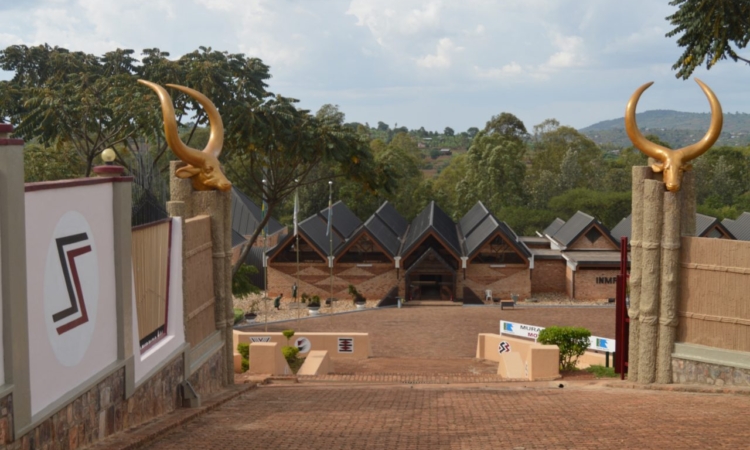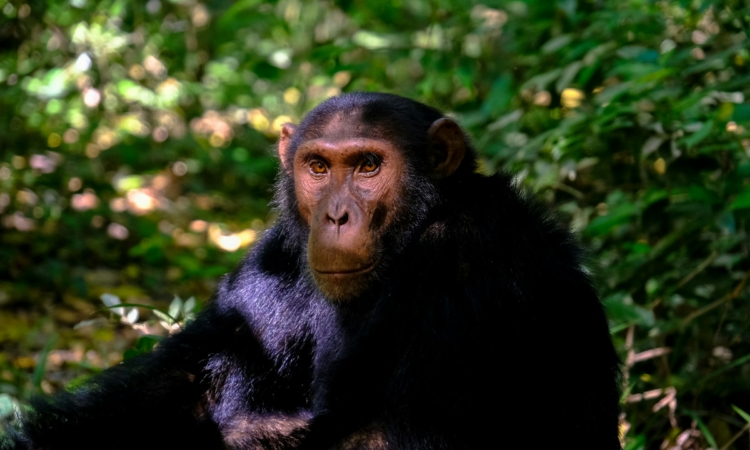Kandt House Museum – Discover Rwanda’s Colonial & Capital History in Kigali

Kandt House Museum, formerly known as the Kandt House Museum of Natural History, has three main sections. The first part shows Rwanda’s social, economic, and political life before the colonial period. This helps visitors understand how people lived and did things in ancient times.
The second section explains what Rwandans went through during the colonial period when the Germans ruled the country. This started in 1884 after the Berlin Conference and ended in 1916 when Belgium took control under the League of Nations.
After World War I, the life and work of Richard Kandt were added to the museum. This helps both local and international visitors learn what happened during the colonial time. Richard Kandt, also known as Nyarugenge, made the museum’s location the colonial capital under German rule. In 1908, the name was changed to Kigali because colonial officials found “Nyarugenge” hard to pronounce. Kandt built several buildings, including this museum. Today, it is the only colonial building still standing—others were destroyed over time.
The Rwandan government renovated the museum in 2004 and turned it into the National History Museum to show the country’s resources. In 2017, it was renamed the Kandt House Museum, with new displays showing life before and after the colonial period. The entry fee for non-residents is 6,000 francs (about $8), and citizens pay 5,000 francs (about $6).
The third part of the museum focuses on Kigali’s history, both before and after independence. It shows how Kigali became the capital city in 1962. The museum offers beautiful views of the mountains and green surroundings of the city. After your visit, you can explore Kigali’s local nightclubs, many of which also have restaurants. You can enjoy a meal while listening to music at night.
Kigali also has many important buildings and offers good places to rest for all visitors. However, you must follow the country’s rules. For example, using drones near military bases or political buildings is not allowed. If you break this rule, you could be arrested or sent back to your home country, as the government may think you are spying.
Learn about Rwanda’s deep history at the Kandt House Museum.
Booking Your Trip Now
If you want to tailor your tour by adding more days or destinations, please reach out to us through our main contact page using the button below.








